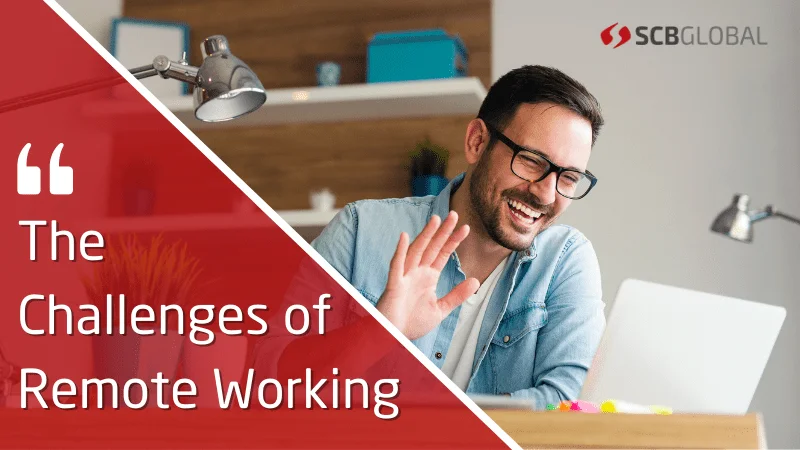Due to the global pandemic, and the introduction of technology that allowed remote work to be easily accessible, both employers and employees have transitioned to working remotely. Through the course of almost two years, many organizations have adopted a remote style of work. In the initial phase of COVID, remote work was the ideal solution to keep collaborating from home. Now, close to 2 years since remote work became popularized, we see that along with the workplace transformation that is happening, we begin to see the downside to remote working. One major challenge being that working in a remote setting full-time becomes detrimental to a person’s professional growth, and the overall success of the company.
Given the fact that remote work has allowed for more flexibility in the workplace and has cut various expenses, working from home has been beneficial to both employers and employees. However, if employees don’t already have collaboration skills established among each other and are comfortable reaching out to their team for assistance, working remotely full-time is nearly impossible. The in-person connections that are made in the office are what build a successful team. When working remotely individuals are limited in obtaining information and having the opportunity to learn from one another.
Face-to-face meetings and collaboration add to the feeling of community at work. Professional interactions, as well as the break room talks, and team building that can only happen in-person, are what give people the essential feeling of being part of a group. The encouragement, support, and genuine gestures that you can exchange with your colleagues in the office can’t be replicated while working solely remotely.
The pandemic pushed everyone around the world into isolation and diminished people’s social life. In 2021, the Census Bureau reported that 37 million (15%) of adults in America live alone. The workplace was one of the few places individuals were still able to grow and interact. Still, with so much time apart from others, and online interactions not being able to completely fulfill the need to be with people, employees’ professional and psychological health begin to decline.
A new study from the University of Chicago confirms that the number of people we connect with daily is key in the longevity of our life. This study highlights the idea that the routine interactions we have with people through the course of our day, whether it be at the grocery store, office, or gym, play an important role in a person’s physical well-being, thus supporting the idea that remote work eventually begins to harm our employees.
Along with the downsides that come from working remotely, during the pandemic, we also discovered what aspects of this work pattern are helpful to employees. Individuals can argue in favor of remote work and emphasize the benefits that have come along with it. Many may feel they have enough personal contact outside of the workplace. The fact that employees found themselves with more time to spend with family and didn’t experience stress or burnout from being in the office is something we cannot ignore. Remote work brought to light how many employees are unhappy with the traditional office setting. Employees are now craving a way to balance their personal life, while still having a motivating and productive work environment.
The hybrid model of work makes this possible by allowing employees the flexibility to work remotely and in the office. This style of work is the future of the work world, and we are living in it. With technology rapidly advancing, and with tools such as Microsoft Teams, that allow for the collaboration of work to be stored and accessed remotely or in the office, the switch to the hybrid work model is the most effective solution in satisfying the employers and employee’s needs.



Comments are closed.